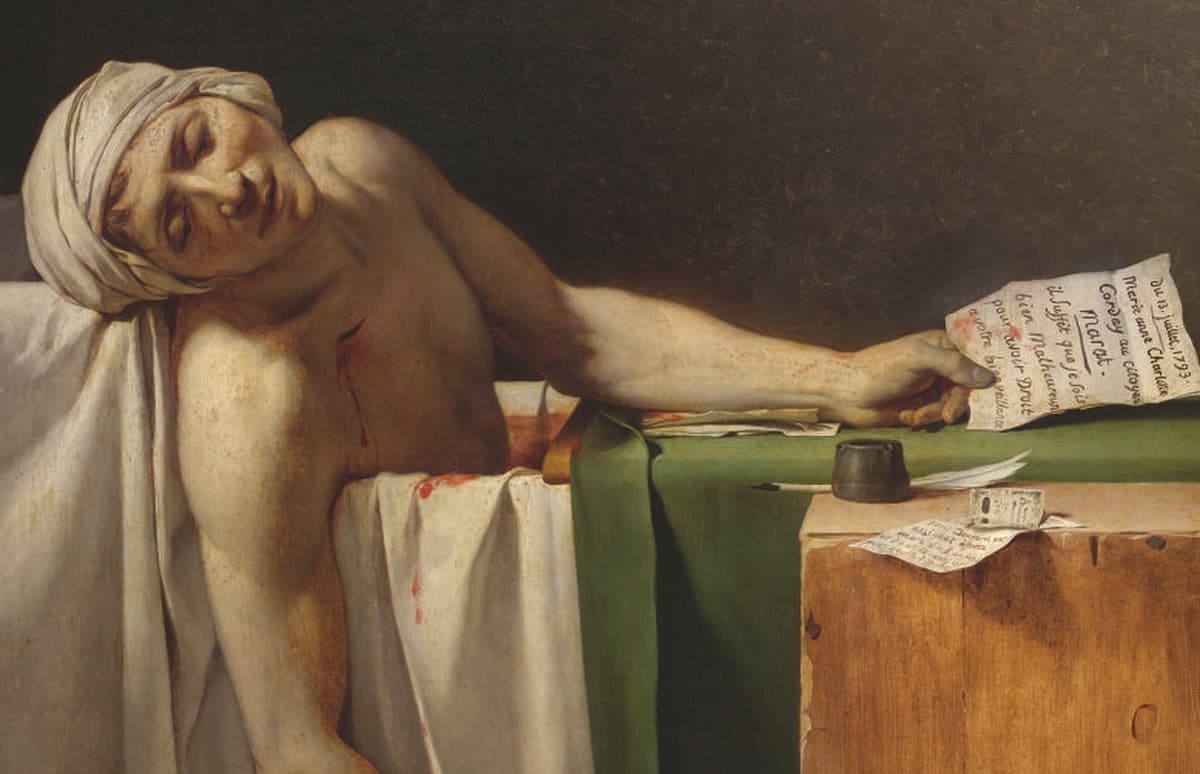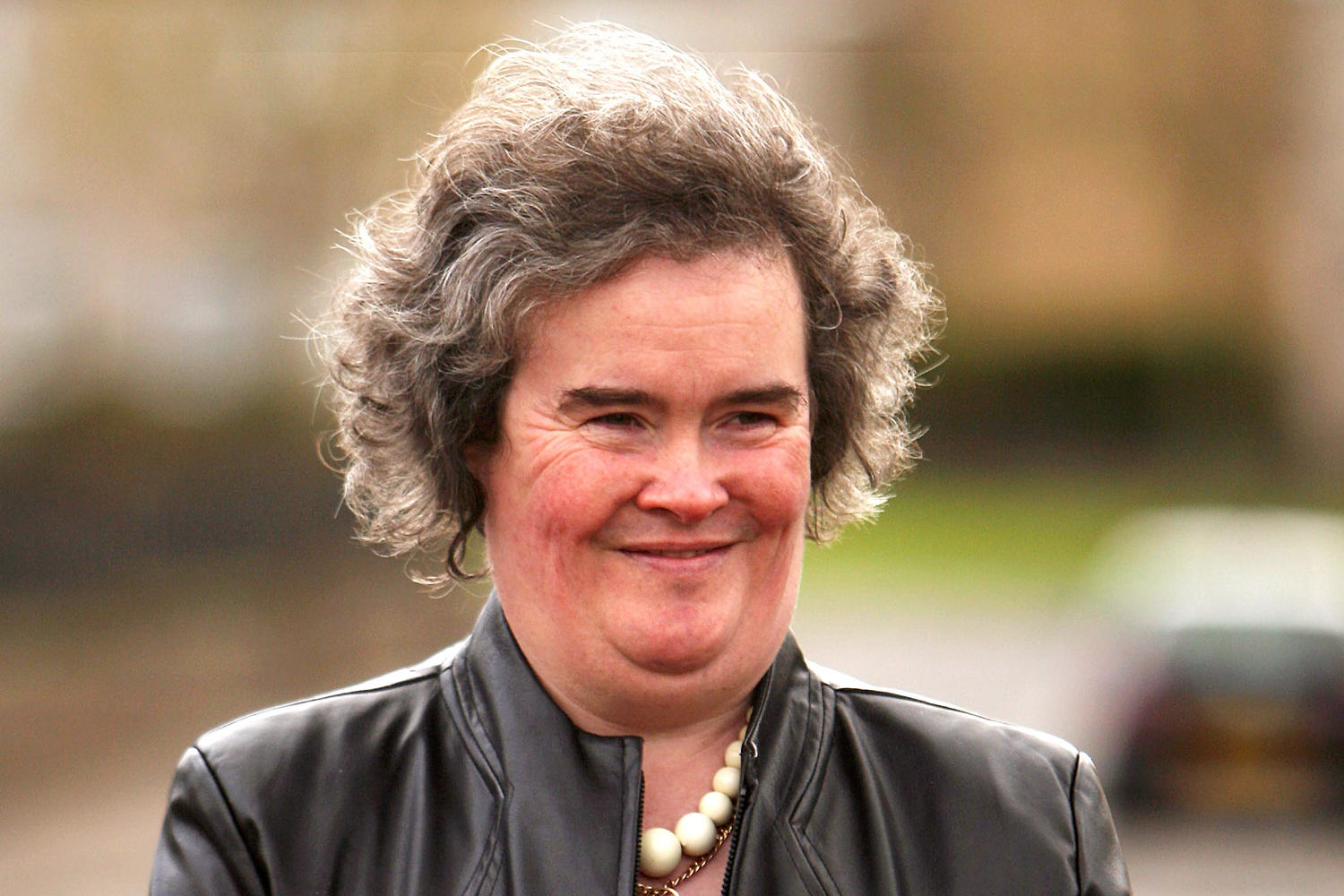The Louvre Museum in Paris is presenting a major exhibition dedicated to the works of Jean-Louis David, a towering figure of French art, despite the recent turmoil caused by a significant jewel heist. Valued between “inestimable” and €88 million, the stolen jewels have prompted heightened security measures, including the relocation of the remaining treasures to the Bank of France’s high-security vault, known as the “Souterraine.” Two suspects are currently in custody as investigations continue.
The exhibition, titled ‘Jacques-Louis David,’ pays homage to the artist’s profound impact on the French Revolution and his role as a chronicler of its historical moments. David, who lived from 1748 to 1825, captured the essence of his time through striking visual narratives that addressed themes of power, sacrifice, and patriotism. His art not only reflects the political upheaval of the era but also showcases his remarkable ability to navigate the treacherous waters of French politics.
Artistic Genius Intersecting with Politics
David’s journey to artistic acclaim was marked by persistence. After three attempts, he finally secured the Prix de Rome, which led to a prestigious residency in Italy. His early works, such as “The Death of Socrates,” convey a unique blend of classical influences and emotional intensity, capturing powerful moments in a restrained style. The Louvre describes David’s paintings as “more intensely charged with feeling than is belied by their extreme rigour,” emphasizing his unmatched significance in the art world of his time.
Notably, David’s involvement in revolutionary politics adds a complex layer to his legacy. As a privileged son, he became a close associate of Maximilien Robespierre, actively participating in the political turmoil that defined the Revolution. David’s artistic endeavors included chronicling the Revolution’s violence, serving on the Committee of General Security during the Reign of Terror, and organizing the “Festival of the Supreme Being,” a new religious observance intended to replace Catholicism.
The exhibition features a haunting fragment of “The Tennis Court Oath,” a painting that symbolizes the revolutionary spirit. Though incomplete, the work depicts anonymous nudes representing newfound democratic agency. David’s strategies to attract patrons in a time of political instability are evident in his approach to these pieces, aiming to captivate an audience amidst the chaos.
Masterpieces of Revolution and Regime
One of the standout pieces in the exhibition is “The Death of Marat,” which presents the revolutionary leader as a martyr, evoking powerful religious imagery. David’s portrayal of Jean-Paul Marat, who was murdered by Charlotte Corday, transforms a violent act into a profound statement of sacrifice. The meticulous attention to detail, including the blood-tinted water in the bathtub, creates a chilling yet compelling narrative. David’s work resonates with the influence of masters like Michelangelo and Caravaggio, marking it as a forerunner of modern painting.
As the political landscape shifted dramatically, so too did David’s fortunes. Following the downfall of Robespierre, who met his end at the guillotine on July 28, 1794, David adeptly repositioned himself, aligning with the rising power of Napoleon Bonaparte. His series of paintings depicting Napoleon, including “Napoleon Crossing the Alps” and “The Emperor Napoleon in His Study at the Tuileries,” established the artist as the visual chronicler of a new era.
David’s most famous work, “The Coronation of Napoleon,” resides just a short distance from the current exhibition at the Louvre. This grand depiction of Napoleon’s coronation highlights David’s unique ability to intertwine art with the narrative of French identity during a pivotal moment in history. His canvases remain intimately linked to the political and social upheavals of the time, making him a crucial figure in the narrative of French art.
As the Louvre continues to grapple with the aftermath of the jewel heist, the exhibition serves as a reminder of the enduring power of art to reflect and influence society. David’s legacy, marked by both artistic brilliance and political involvement, underscores the complex relationship between art and power in a time of revolution. The museum’s commitment to showcasing such critical works ensures that the story of France’s turbulent history remains alive for future generations.






